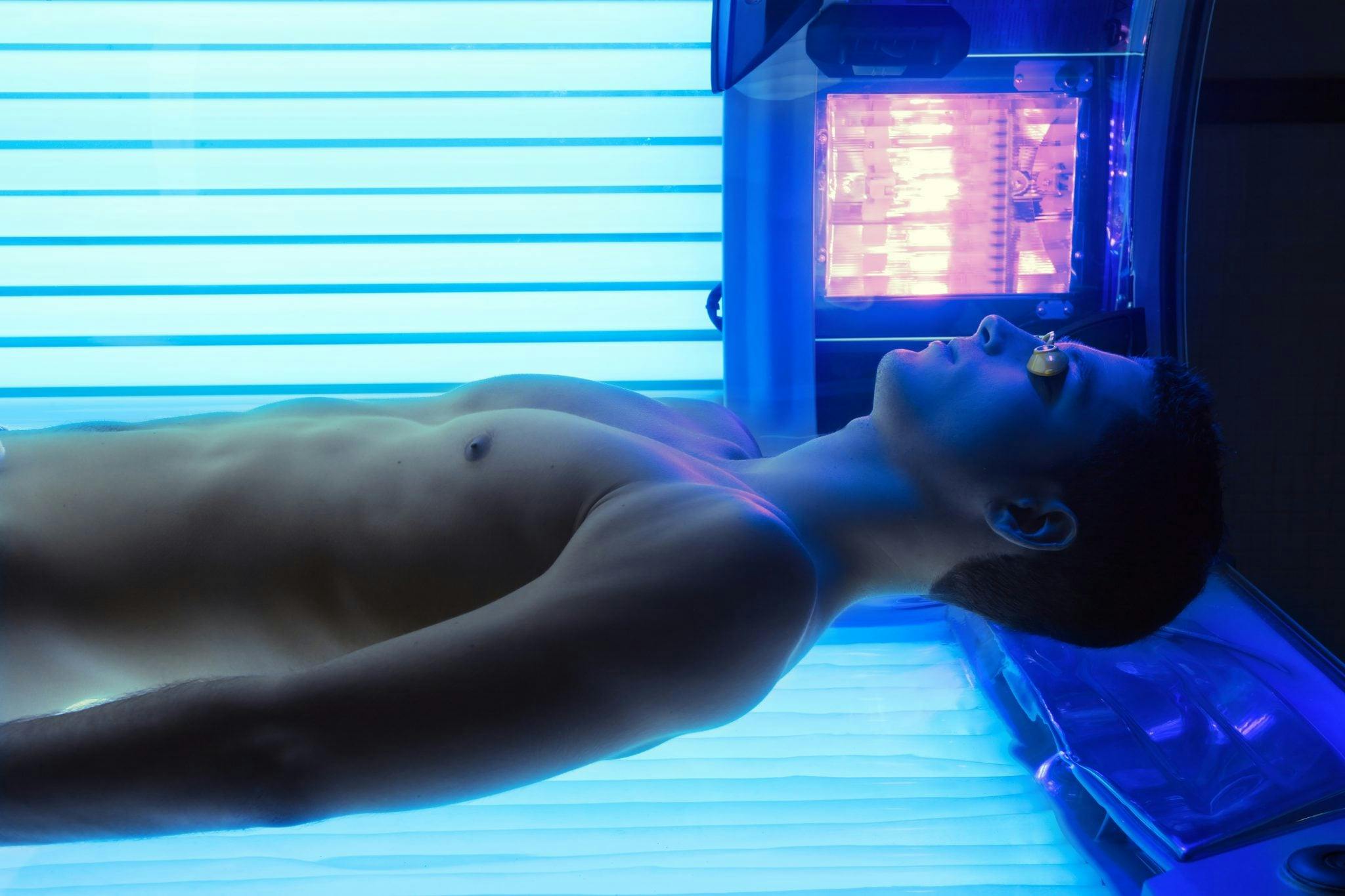
2025-06-10T13:54:10
Understanding Skin Grafts
- Dermatology
- Family Medicine
- Internal Medicine
- Orthopedics
June 30, 2017 | Dermatology
Specialties:Dermatology

Any use of a tanning bed, booth or sunlamp to tan the skin is called indoor tanning, and this form of tanning has a direct relationship to the development of skin cancer. Exposure to ultraviolet rays while indoor tanning can lead to melanoma (the deadliest type of skin cancer), basal cell carcinoma and squamous cell carcinoma. It can also cause cataracts and cancers of the eye.
UV exposure from both the sun and indoor tanning (which can be just as strong as the sun, if not stronger in some cases) is classified as a human carcinogen—substances that can cause cancer in humans—by the International Agency for Research on Cancer.
Indoor tanning exposes users to two types of UV rays: UVA and UVB. It can be particularly dangerous for younger people, and several states have laws prohibiting indoor tanning for people under 18 years of age. Every occurrence of indoor tanning increases the risk of skin cancer, and it can cause the following effects:
A few statistics that help capture the scope of the risks involved with indoor tanning include:
Here few basic facts about indoor tanning that might act as corrections to misconceptions about indoor tanning:
To learn more about the health effects of indoor tanning, speak to your doctor.
“Indoor Tanning Is Not Safe.” Centers for Disease Control and Prevention. https://www.cdc.gov/cancer/skin/basic_info/indoor_tanning.htm
“Indoor tanning.” American Academy of Dermatology. https://www.aad.org/media/stats/prevention-and-care
WRITTEN BY:
The Live Better Team
This information is not intended to replace the advice of a medical professional. You should always consult your doctor before making decisions about your health.